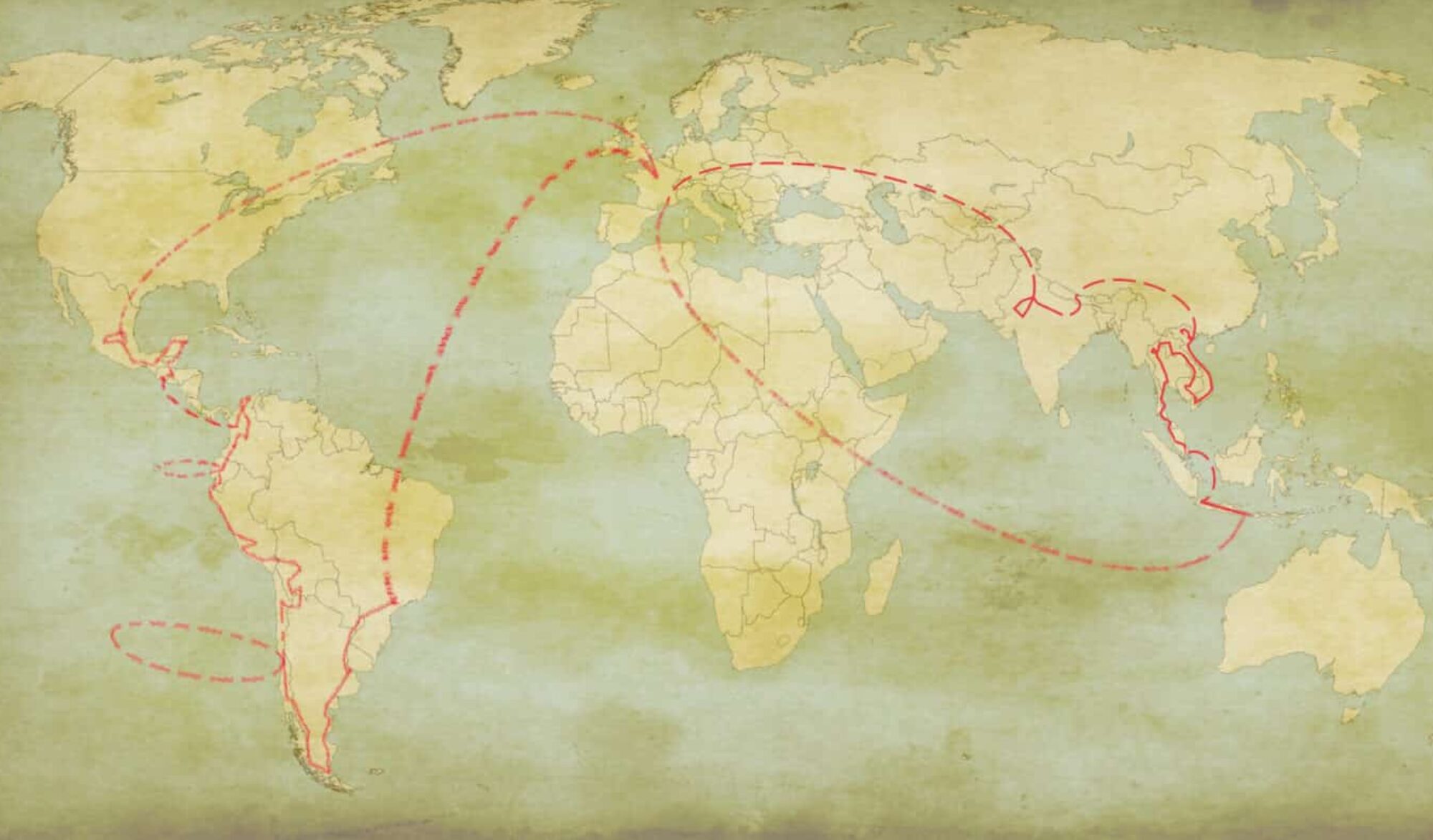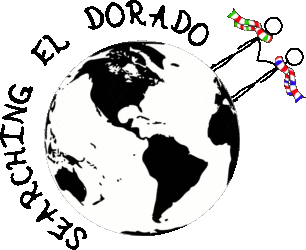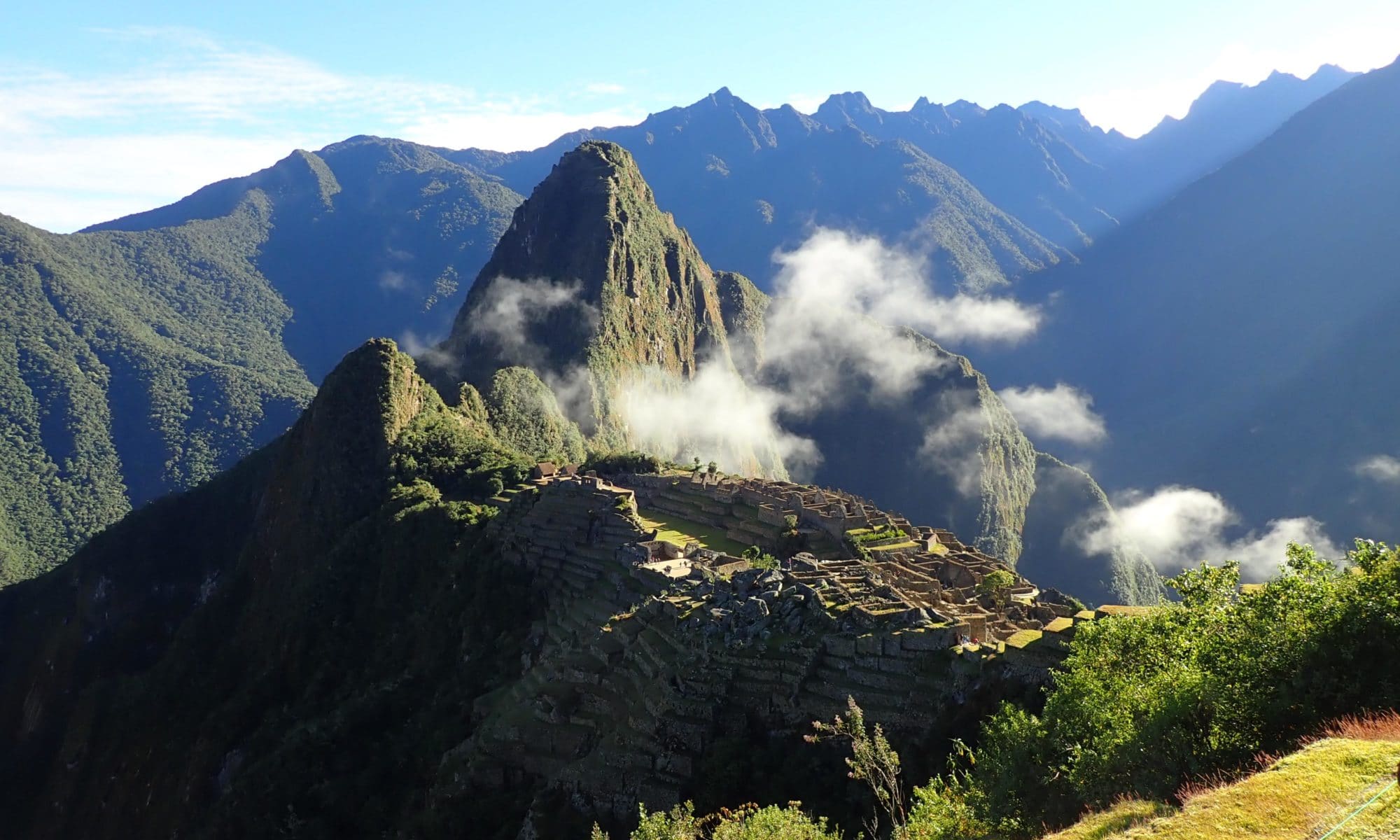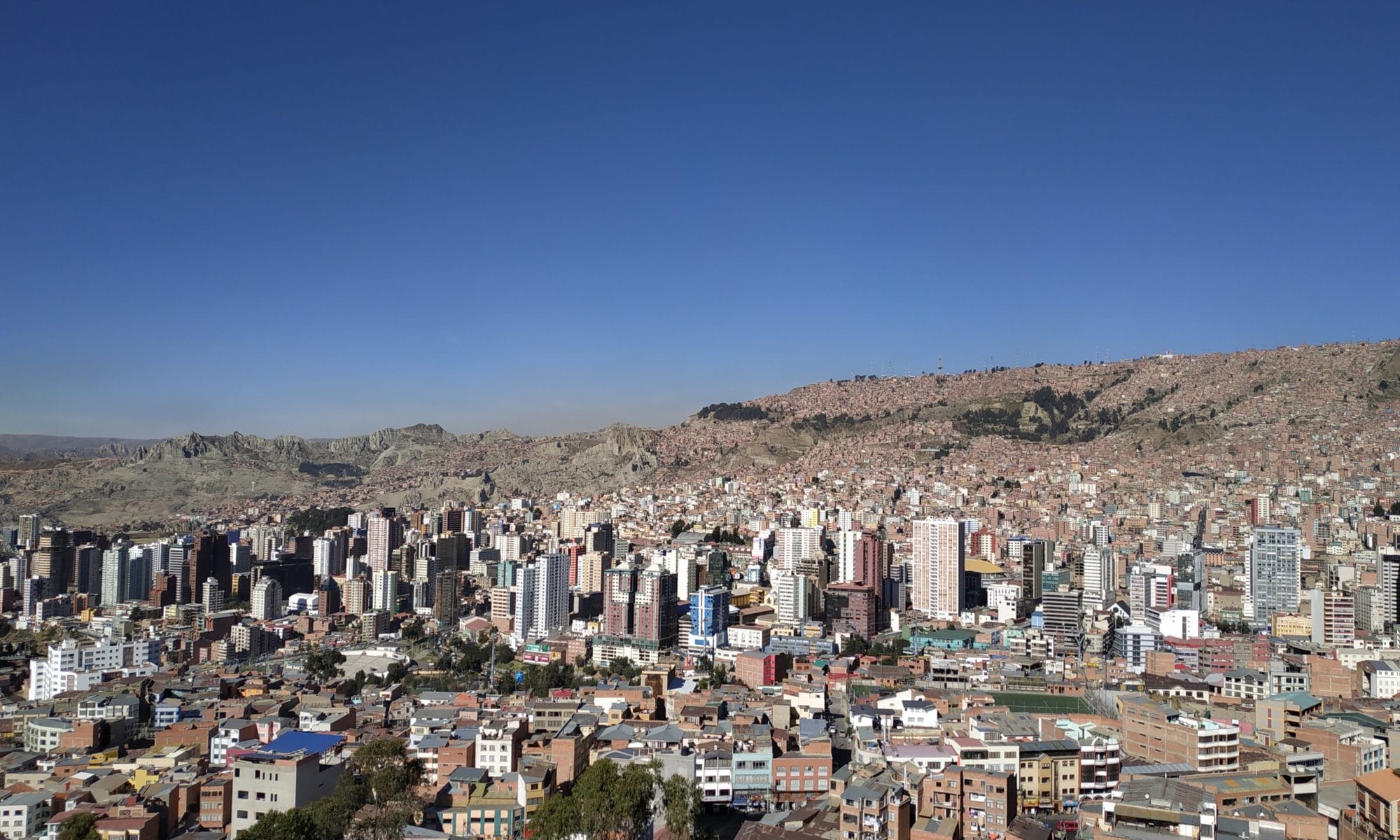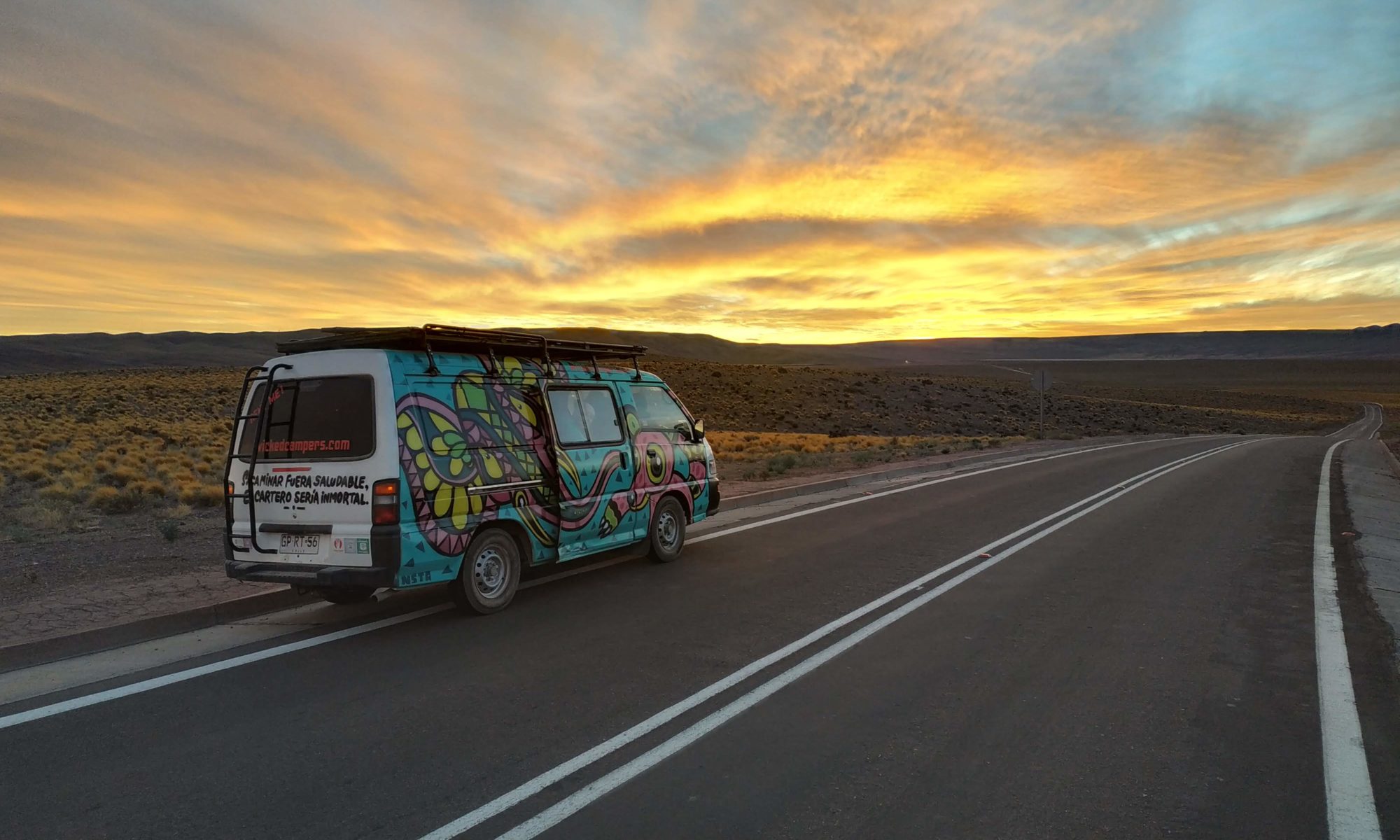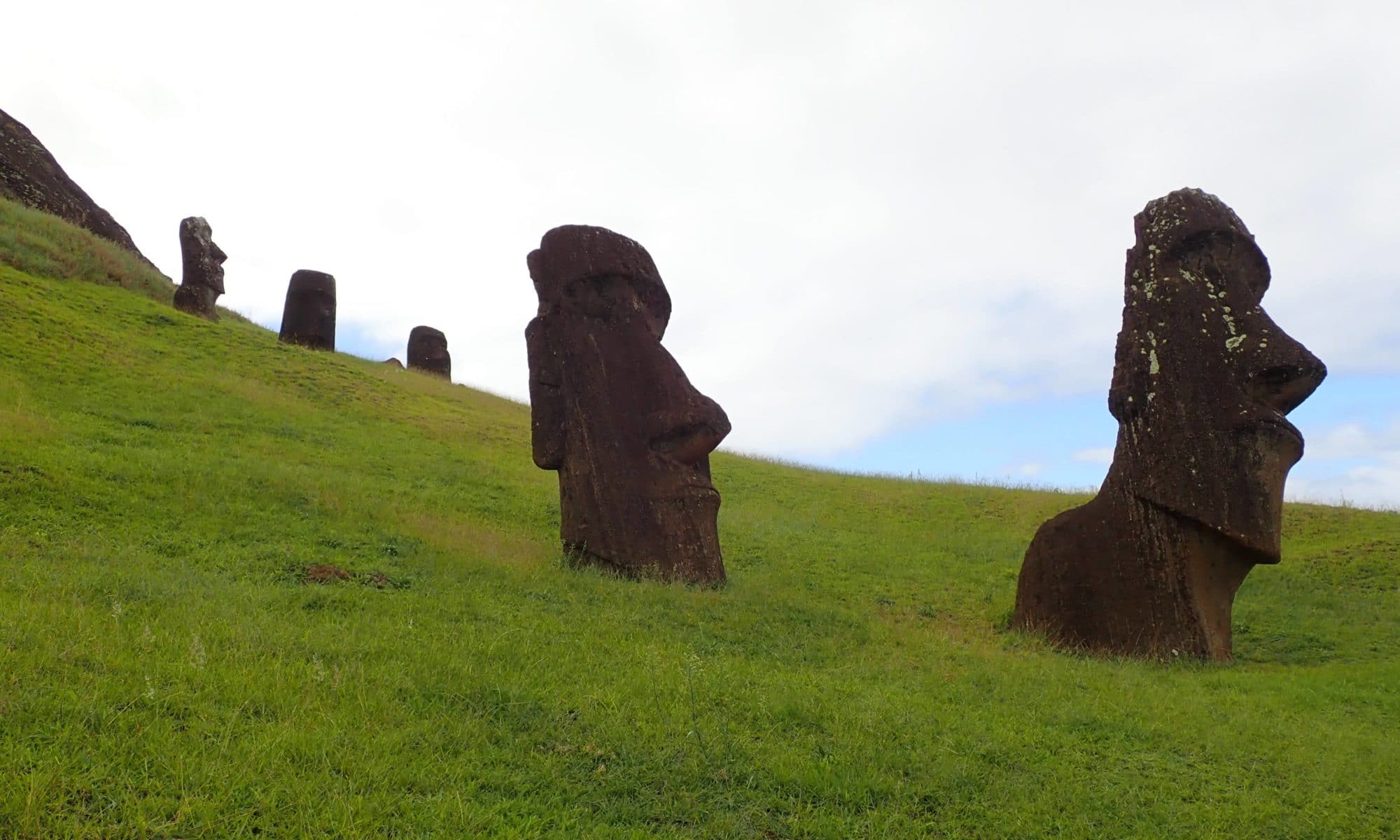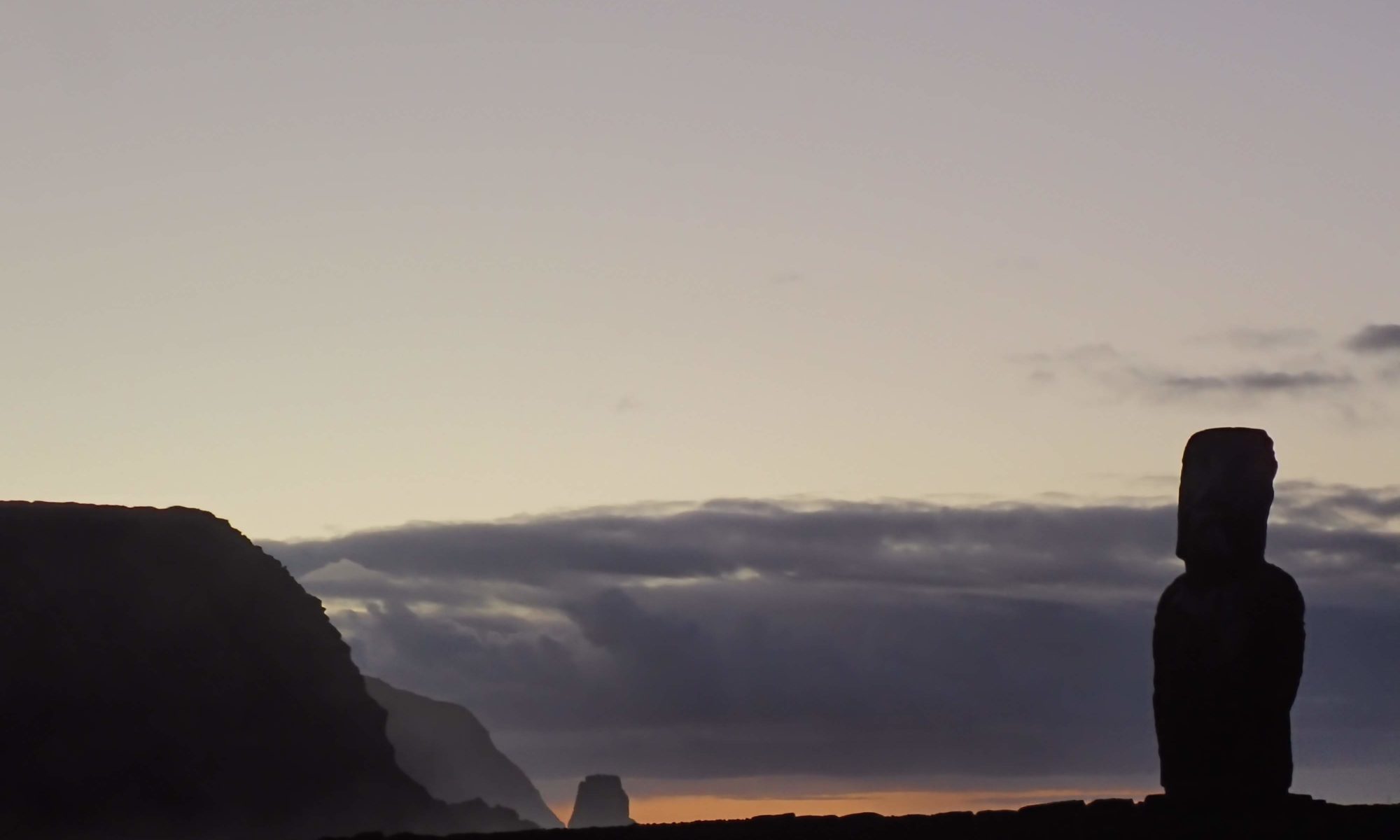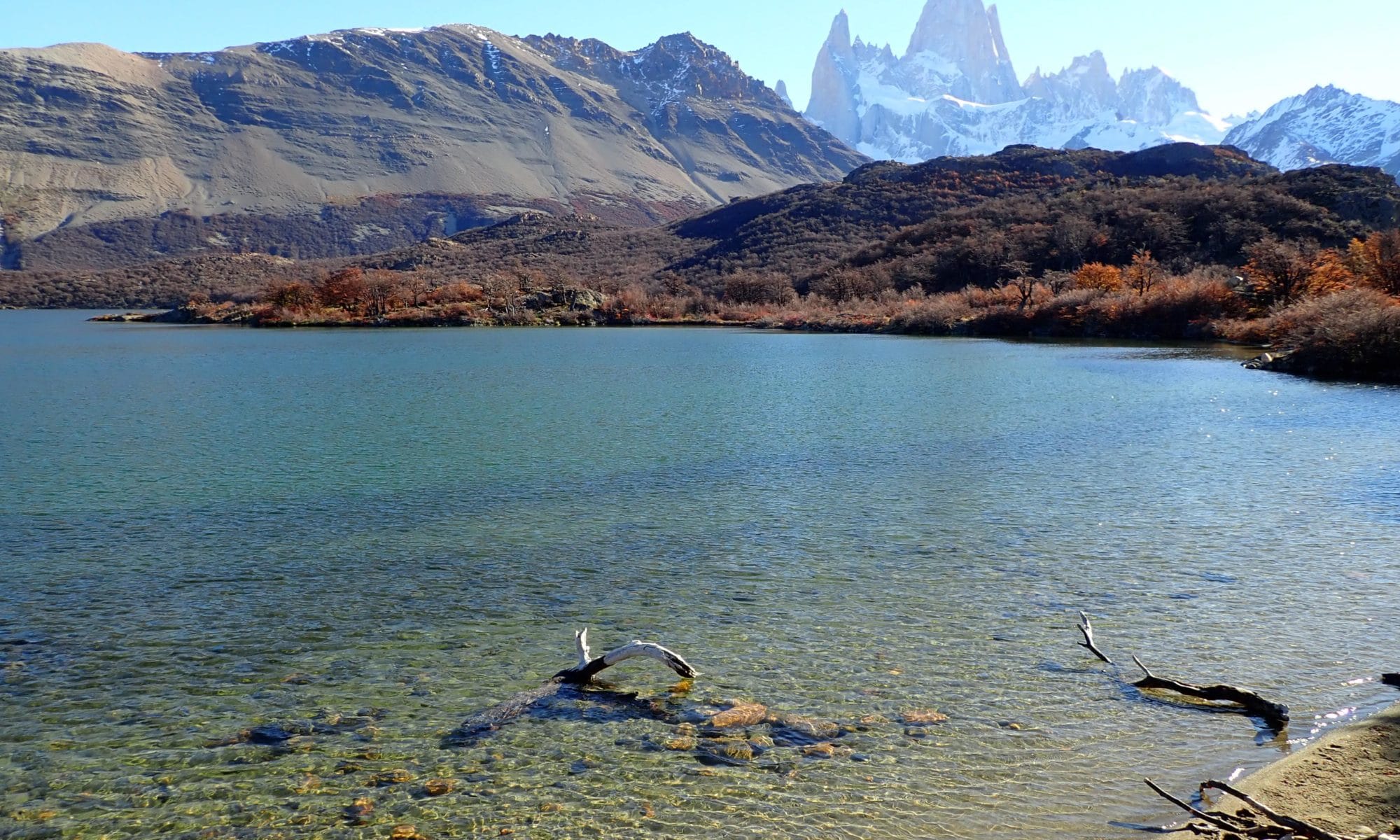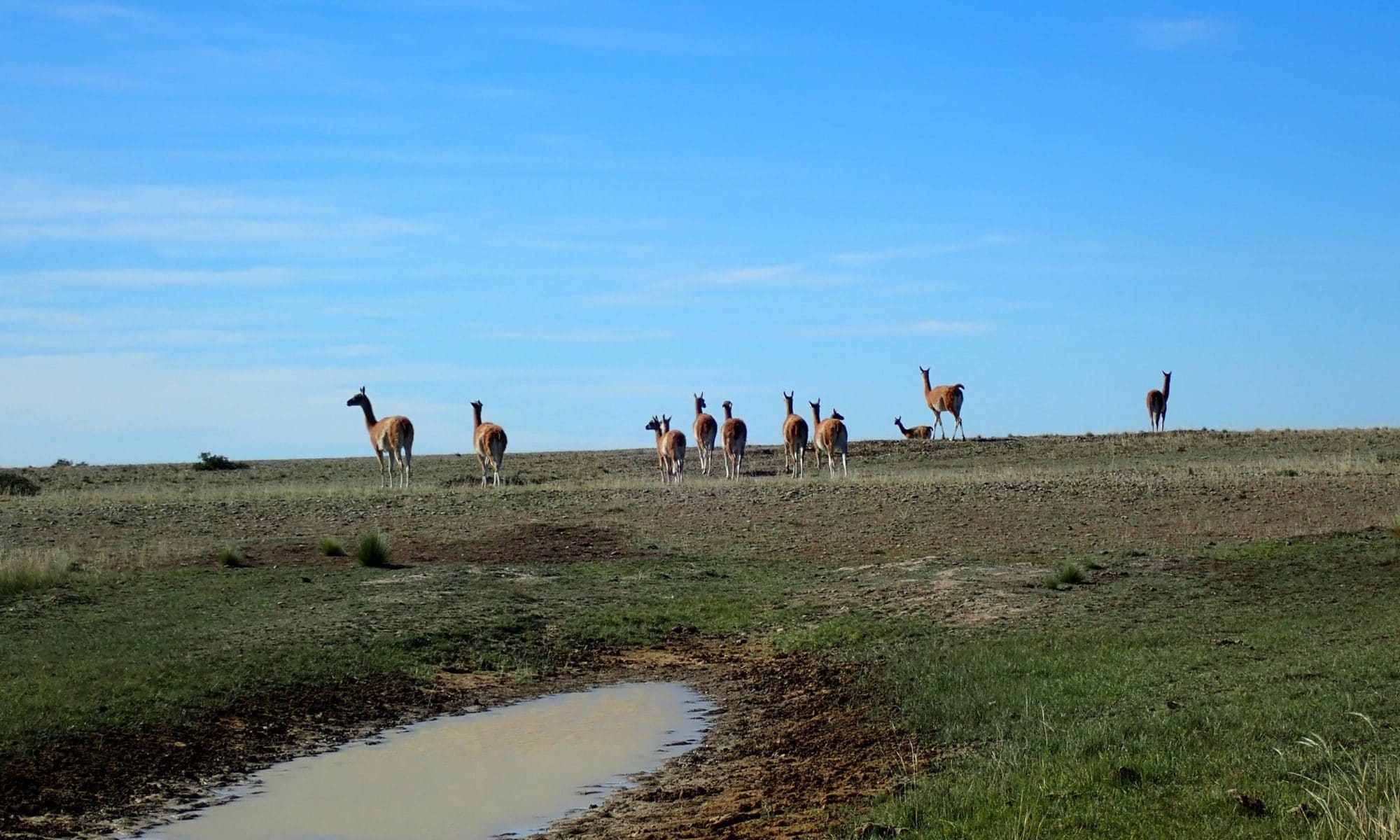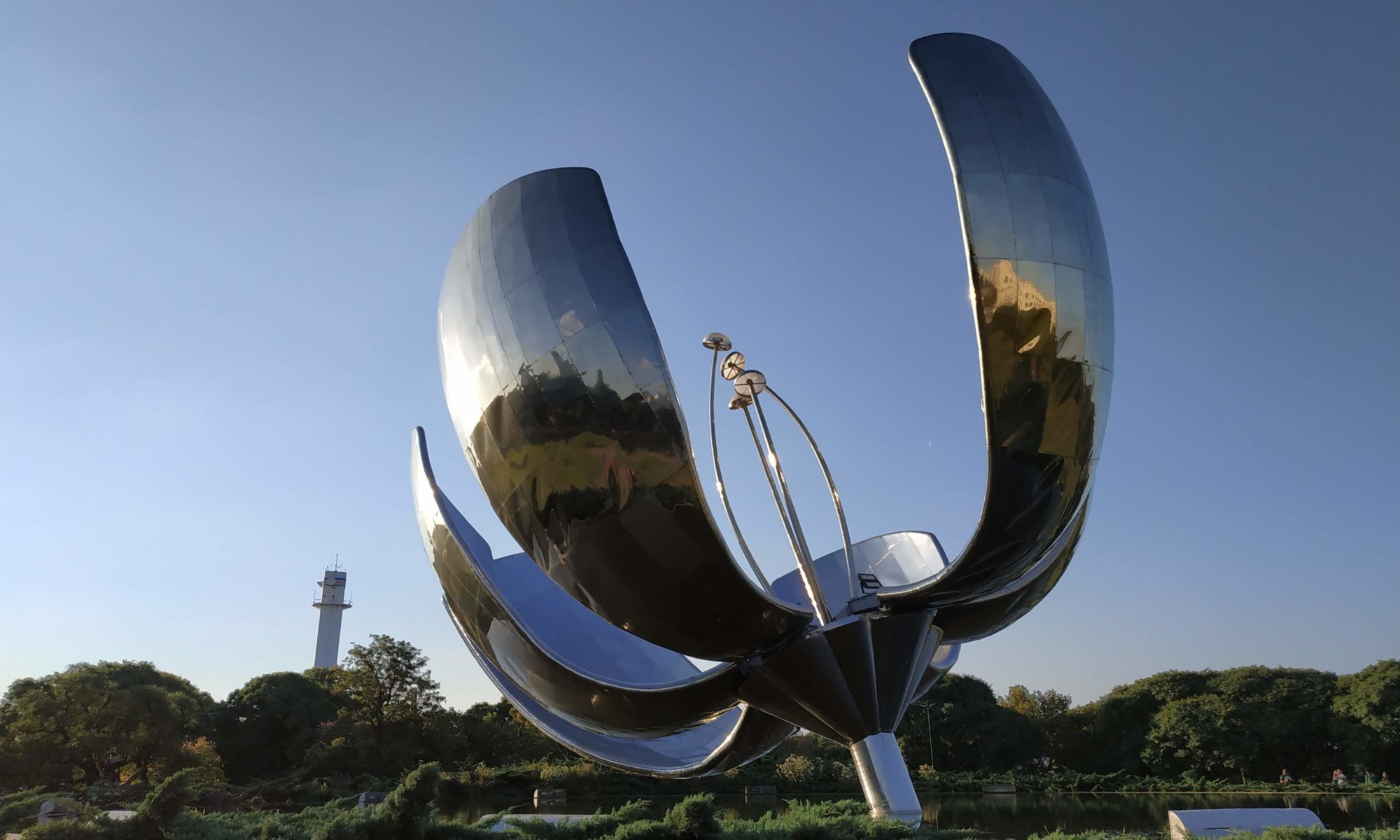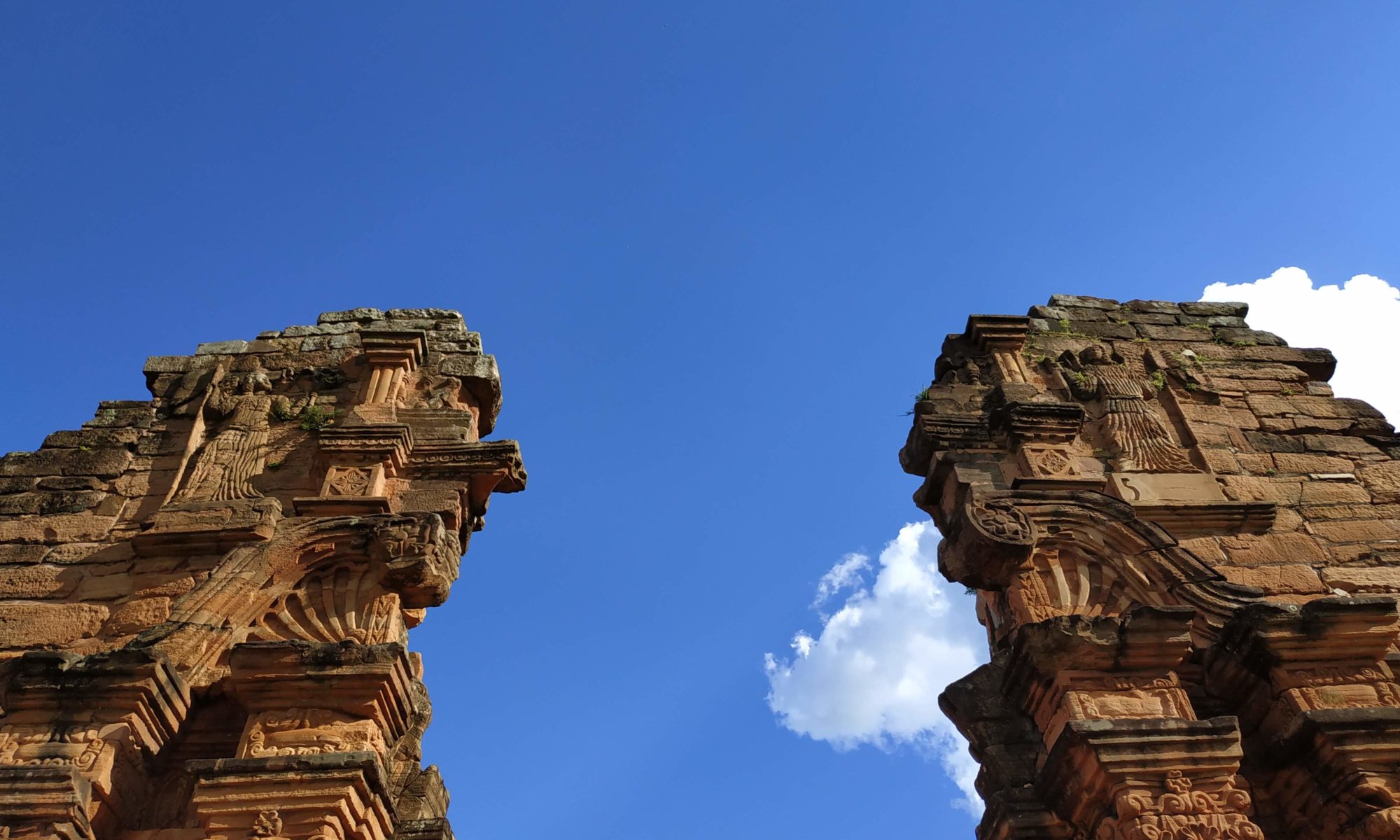Centuries ago, the Incas built a huge empire, spanning from Ecuador to Chile. One of the reason they were able to maintain it, until the Spanish invasion, was an efficient communication system. This system relied on multiple messengers and a huge network of trails connecting the different cities.
Continue reading “The Salkantay trek to Machu Picchu”Bolivia in three cities
After Chile and Argentina, our adventures continued in Bolivia. We spent around 3 weeks in the country, but we could have stayed much more. Bolivia has amazing landscapes and you can do some really nice trekking and excursions.
But Bolivia also has some really nice cities to offer. Here is a description of three of them that we really enjoyed visiting: Potosi, Sucre and La Paz.
Atacama: a desert like no other
If you think about the desert, what is the first thing that come to your mind? A beautiful but rather monotonous series of sand and dunes, right? That’s at least what the majority of Europeans (us included) would say, given the vicinity of the Sahara desert. But, believe us, there is at least one desert in which you could spend five or more days and see different and amazing landscapes everyday: the Atacama desert.
Continue reading “Atacama: a desert like no other”Easter Island: walking among the moais
Rapa Nui, also known as Easter Island, is the most remote island on Earth.
You can get there only by flying from Santiago de Chile or from Polynesia, and the tickets are quite expensive. The cost of life on the island is also quite high since most of the products have to be brought by plane or by boat. For these reasons, planning a trip to Easter Island from Europe can be quite expensive.
Rapa Nui: more than just moais
Isla de Pascua, or Rapa Nui in the native language, is a little island lost in the middle of the Pacific ocean. It is more than 2000 km away from the nearest inhabited land and 3500 km away from the coast of Chile. Polynesians canoes were the first to be able to cover such enormous distances. Legends says they arrived in Anakena, the only beach of the island. Whether this is true or false, the fact is that this part of the island became the land of the kings.
Continue reading “Rapa Nui: more than just moais”5 +1 Treks in the Parque Nacional de los Glaciares
The parque nacional de los glaciares is an Argentinian national park covering more than 7000 km² of the southern Patagonia. As the name suggests it hosts several glaciers: the biggest of them is the Viedma, covering a surface of 977 km², equivalent to 9 times the surface of Paris. The most famous towns of the area are El Calafate and El Chalten. The first is famous for being the closest to the Perito Moreno, an impressive glacier, easily accessible by road. The second is instead the national capital of trekking.
Continue reading “5 +1 Treks in the Parque Nacional de los Glaciares”Guaranis: a bit of history and traditions
The Guaranis are a native population of south America. They are now living in Paraguay and parts of Bolivia, Brasil, and Argentina. In Argentina they are mainly present in the region of Misiones, in the north-east of the country. We had the opportunity to stay in this region for a few days and learn more about their history. You can also read our post about the Jesuits missions in San Ignacio.
Continue reading “Guaranis: a bit of history and traditions”Puerto Madryn: a paradise for animal lovers
Have you ever heard about peninsula Valdes? It is not only a peninsula in Argentina but also a natural park, famous for its rich fauna. In high season, you can see a lot of animals like penguins, sea lions, elephant seals, orcas and much more. But the most impressive, and iconic, of all are the whales. We went there in low season, when supposedly there are much less animals but, except for whales, we saw quite a lot of them!
Continue reading “Puerto Madryn: a paradise for animal lovers”8 things to do in Buenos Aires
Before adventuring south to explore Patagonia, we spent a few days in the capital of Argentina: Buenos Aires. It is a lively city with a lot of things to do and to see. It is also, and by far, the biggest city of the country: one third of the population live there, in less than 1% of the national territory. Although our stay there seemed way too short, here is our top things to do in Buenos Aires:
Continue reading “8 things to do in Buenos Aires”San Ignacio and the Jesuits missions
San Ignacio, in the Argentinian region of Misiones, is famous for the ruins of the Jesuit mission. It is also a good starting point to explore more ruins in the area and get to know more about the Guaranis, the indigenous population of the region.
To reach San Ignacio we took a bus in Puerto Iguazù. Luckily this time the ride was fairly quick, only five hours.
